
How to Use Ultrasonic Humidifier Transducer: Examples, Pinouts, and Specs
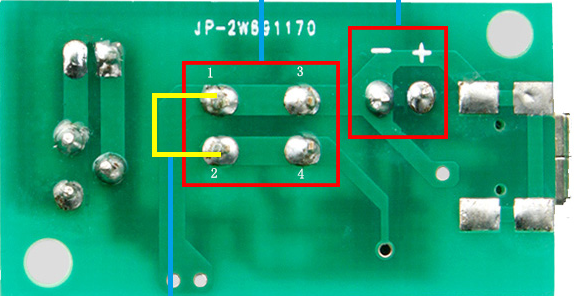
 Design with Ultrasonic Humidifier Transducer in Cirkit Designer
Design with Ultrasonic Humidifier Transducer in Cirkit DesignerIntroduction
The Ultrasonic Humidifier Transducer is a device that utilizes ultrasonic vibrations to atomize water into a fine mist. This mist is then dispersed into the air to increase humidity levels. The transducer operates by converting electrical energy into high-frequency mechanical vibrations, which break water into tiny droplets.
Explore Projects Built with Ultrasonic Humidifier Transducer
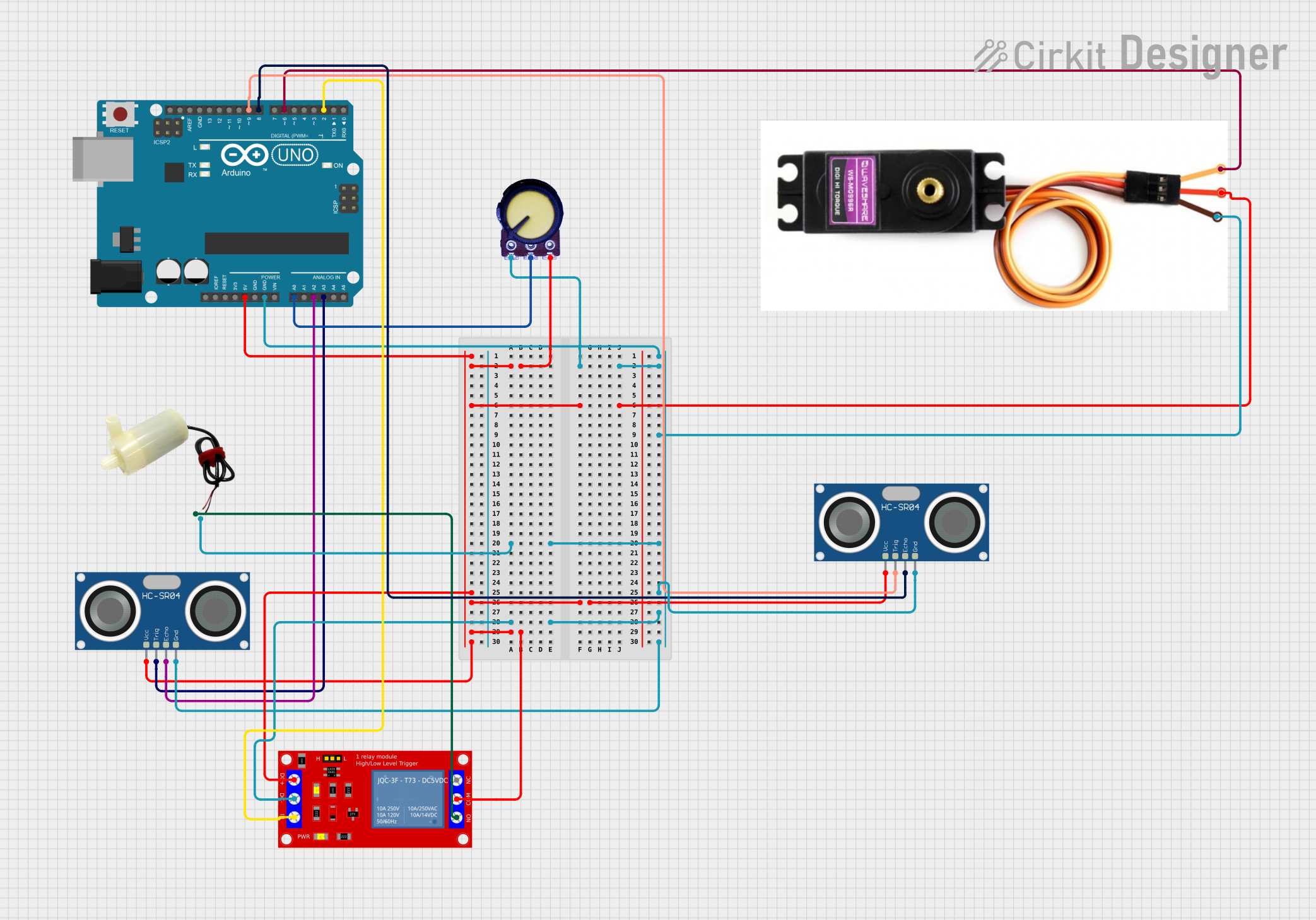
 Open Project in Cirkit Designer
Open Project in Cirkit Designer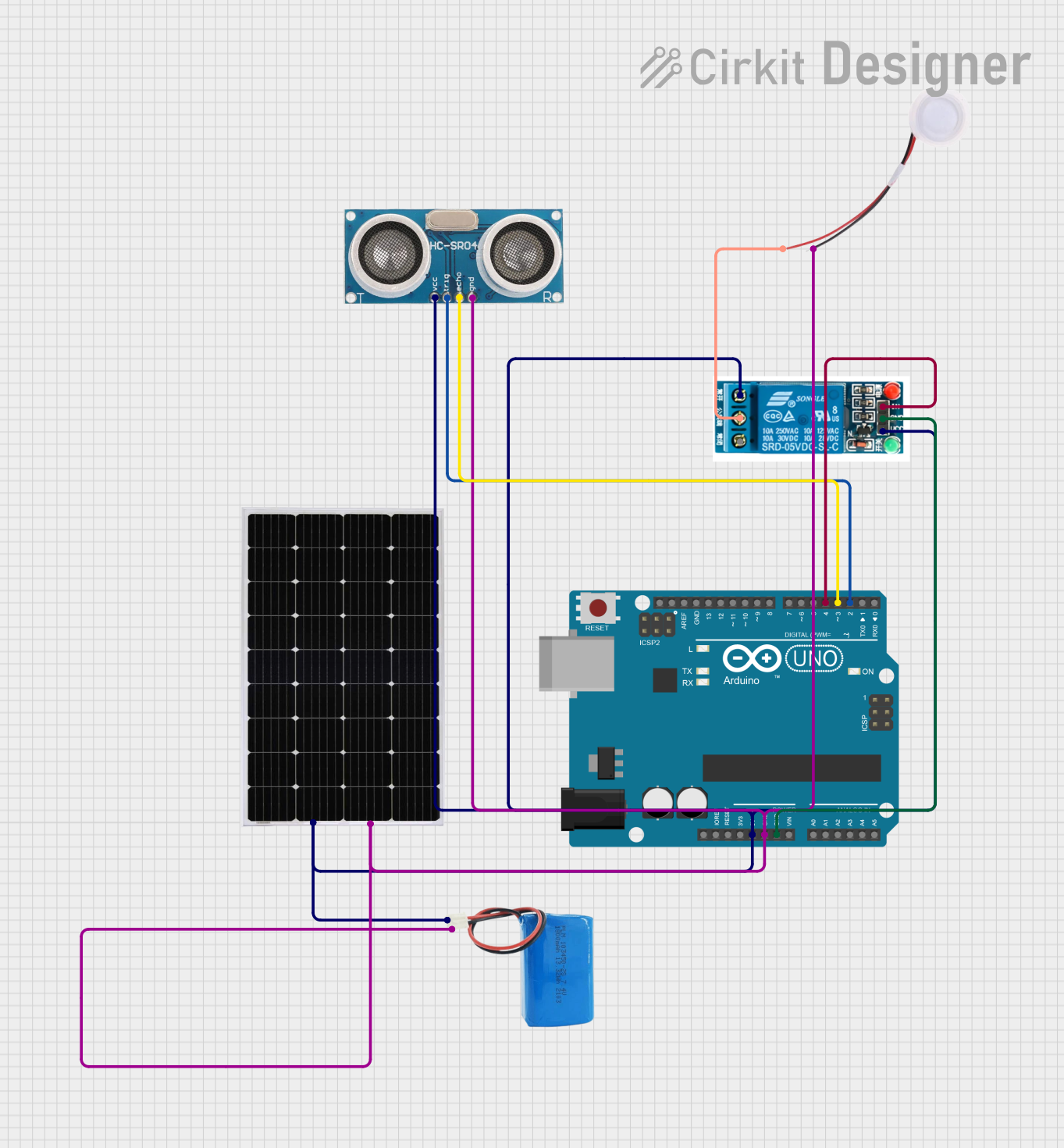
 Open Project in Cirkit Designer
Open Project in Cirkit Designer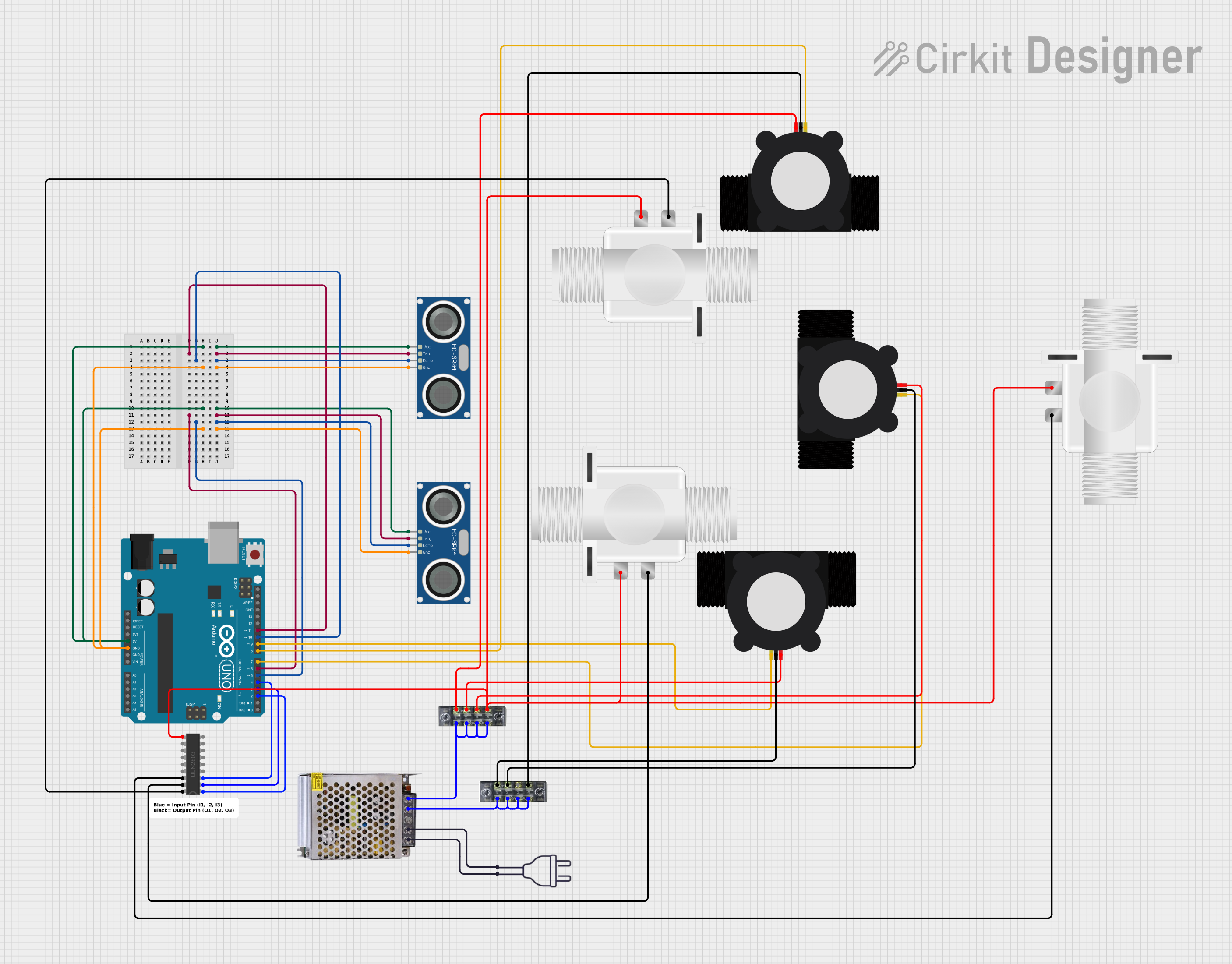
 Open Project in Cirkit Designer
Open Project in Cirkit Designer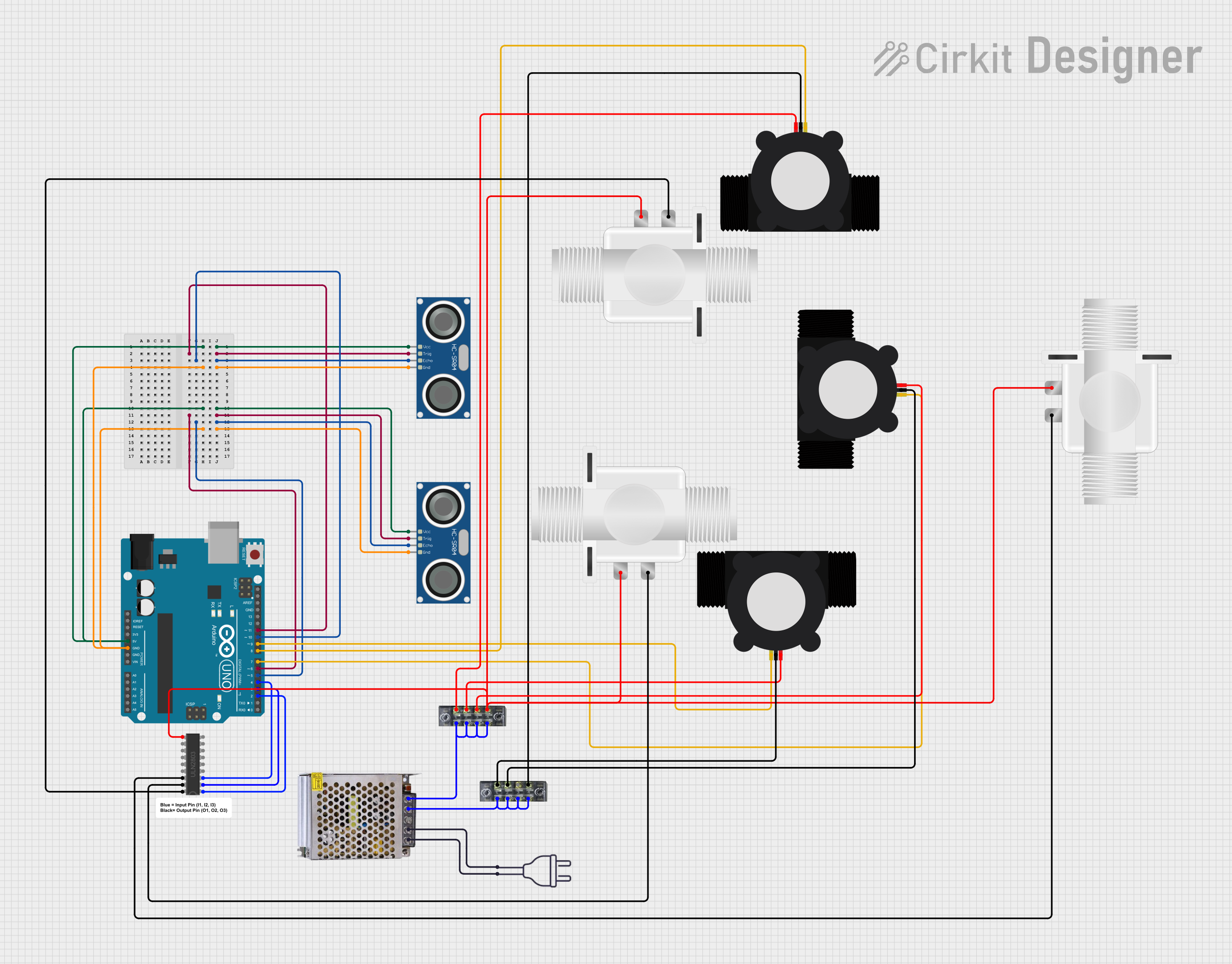
 Open Project in Cirkit Designer
Open Project in Cirkit DesignerExplore Projects Built with Ultrasonic Humidifier Transducer

 Open Project in Cirkit Designer
Open Project in Cirkit Designer
 Open Project in Cirkit Designer
Open Project in Cirkit Designer
 Open Project in Cirkit Designer
Open Project in Cirkit Designer
 Open Project in Cirkit Designer
Open Project in Cirkit DesignerCommon Applications and Use Cases
- Humidifiers: Used in household and industrial humidifiers to maintain optimal humidity levels.
- Aromatherapy Devices: Integrated into diffusers for dispersing essential oils.
- Medical Equipment: Found in nebulizers for respiratory therapy.
- Agriculture: Used in greenhouses to maintain humidity for plant growth.
- Electronics Cooling: Applied in cooling systems for delicate electronic components.
Technical Specifications
Below are the key technical details of a typical Ultrasonic Humidifier Transducer:
| Parameter | Value |
|---|---|
| Operating Voltage | 24V AC (typical) |
| Operating Frequency | 1.7 MHz |
| Power Consumption | 10W - 30W (depending on model) |
| Atomization Rate | 300 mL/h - 500 mL/h |
| Diameter | 16 mm - 25 mm (varies by model) |
| Material | Piezoelectric ceramic |
| Operating Temperature | 5°C to 50°C |
| Lifespan | ~5000 hours (typical) |
Pin Configuration and Descriptions
The Ultrasonic Humidifier Transducer typically has two connection points:
| Pin | Description |
|---|---|
| Pin 1 | Positive terminal for AC voltage input |
| Pin 2 | Negative terminal for AC voltage input |
Note: Some transducers may come with additional components like a driver circuit or water level sensor. Refer to the specific datasheet for such models.
Usage Instructions
How to Use the Component in a Circuit
- Power Supply: Connect the transducer to a 24V AC power source. Ensure the power supply matches the voltage and frequency requirements of the transducer.
- Driver Circuit: Use a compatible driver circuit to generate the required high-frequency signal (1.7 MHz). The driver circuit ensures the transducer operates efficiently.
- Water Reservoir: Place the transducer in a water reservoir. Ensure the water level is sufficient to cover the transducer but not too high to submerge it completely.
- Humidity Control: If used in a humidifier, connect the transducer to a humidity sensor and control circuit to regulate mist output.
Important Considerations and Best Practices
- Water Quality: Use distilled or demineralized water to prevent mineral buildup on the transducer surface.
- Cooling: Avoid overheating by ensuring proper ventilation and water coverage during operation.
- Polarity: Double-check the polarity of the connections to avoid damage to the transducer.
- Maintenance: Clean the transducer regularly to remove any residue or deposits that may affect performance.
- Driver Compatibility: Ensure the driver circuit matches the transducer's frequency and power requirements.
Example: Connecting to an Arduino UNO
While the Ultrasonic Humidifier Transducer itself cannot be directly controlled by an Arduino UNO due to its high-frequency and power requirements, the Arduino can be used to control the driver circuit. Below is an example of how to use an Arduino to toggle the transducer via a relay:
// Example code to control an Ultrasonic Humidifier Transducer via a relay
const int relayPin = 7; // Pin connected to the relay module
void setup() {
pinMode(relayPin, OUTPUT); // Set relay pin as output
digitalWrite(relayPin, LOW); // Ensure relay is off at startup
}
void loop() {
digitalWrite(relayPin, HIGH); // Turn on the transducer
delay(5000); // Keep it on for 5 seconds
digitalWrite(relayPin, LOW); // Turn off the transducer
delay(5000); // Keep it off for 5 seconds
}
Note: Ensure the relay module is rated for the transducer's voltage and current.
Troubleshooting and FAQs
Common Issues and Solutions
No Mist Output:
- Cause: Insufficient water level or incorrect power supply.
- Solution: Check the water level and ensure the power supply matches the transducer's specifications.
Overheating:
- Cause: Prolonged operation without proper cooling or water coverage.
- Solution: Ensure the transducer is adequately submerged and allow cooling periods.
Reduced Mist Output:
- Cause: Mineral deposits or dirt on the transducer surface.
- Solution: Clean the transducer with a soft cloth and distilled water.
Driver Circuit Not Working:
- Cause: Incorrect frequency or damaged components.
- Solution: Verify the driver circuit's frequency and inspect for damaged parts.
FAQs
Q: Can I use tap water with the transducer?
A: It is not recommended, as tap water can cause mineral buildup, reducing efficiency.Q: How do I clean the transducer?
A: Gently wipe the surface with a soft cloth and distilled water. Avoid using abrasive materials.Q: Can the transducer operate without a driver circuit?
A: No, the transducer requires a high-frequency signal, which is generated by the driver circuit.Q: What happens if the transducer is submerged completely?
A: Submerging the transducer can damage it. Ensure only the surface is in contact with water.
This documentation provides a comprehensive guide to understanding, using, and troubleshooting the Ultrasonic Humidifier Transducer. For further details, refer to the specific datasheet of your transducer model.